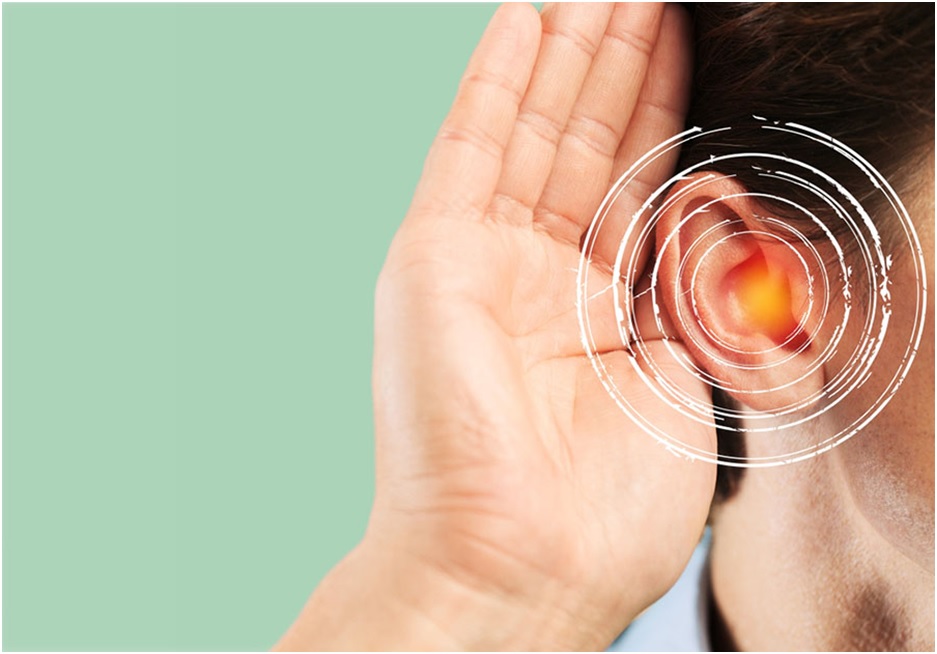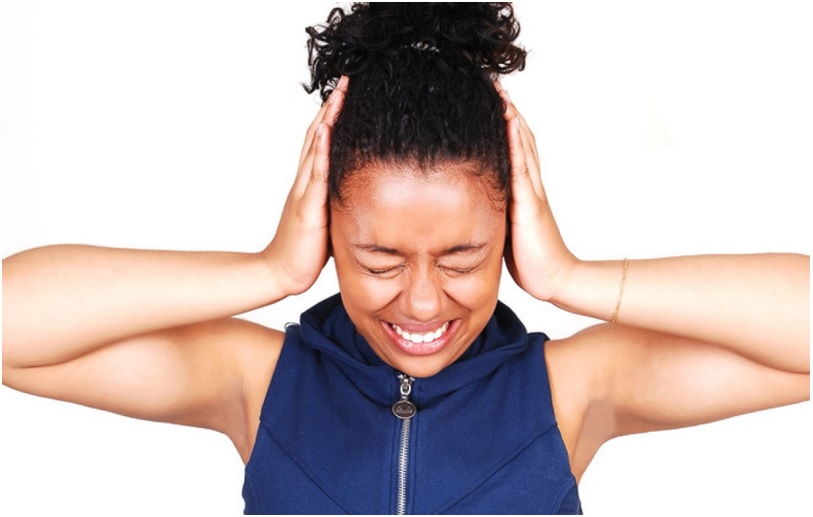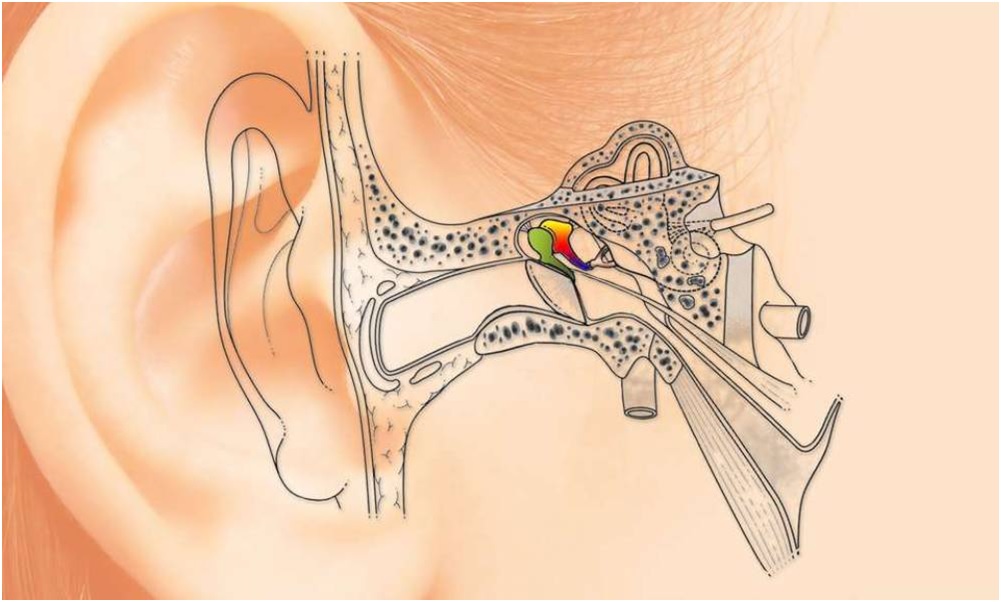The Relation Between Decibels and Hearing Loss

How often are you exposed to loud sounds? Probably every single day. Everyday noises are a faithful companion of humans, as these are present everywhere, ranging from the roar caused by lawnmowers to the loudness of live music when attending concerts.
Nevertheless, loud sounds are infamous for causing noise-induced hearing loss in people, particularly those exceeding eighty-five decibels. These are capable of causing harm to the inner ear whose hair cells are overly sensitive. Once the structure of the inner ear gets damaged, individuals experience a certain degree of deafness. Believe it or not, loud noises can really hurt your hearing, such as those produced by sirens, fireworks, motorcycles, city traffic, and lawnmowers.
Learn more about the relation between decibels and deafness.
Understanding decibels
In order for sounds to reach the hearing sense of humans, they travel in waves. Sound waves are known to produce energy, which is measured in special units referred to as decibels (dB). The number of decibels increases along with the loudness of the sound. Hence, zero dB stands for silence or incredibly soft sounds, whereas normal conversation reaches as many as sixty decibels.
A lawnmower, on the other hand, is considered to produce a sound of ninety dB, which is a bit lower than the noise people are exposed to in movie theaters. Conversely, live music is louder, ranging between 100 and 115 decibels. Sounds are believed to cause severe hearing loss once they exceed eighty-five dB. The longer people are exposed to such noises, the greater the damage.
Hearing damage depends on three important factors; the loudness of the sound, its proximity to a person, and the length of exposure. Loud noises need a shorter time to damage the hearing of individuals. For example, a person is likely to experience such damage in about eight hours when exposed to noises of eighty-five decibels. In contrast, exposure to noises of more than a hundred dB causes damage in about fifteen minutes.

Degrees of hearing loss
Noise-induced hearing loss (NIHL) is manifested in four degrees, those being mild, moderate, severe, severe-to-profound, and profound hearing loss. People with mild impairment, between 25 and 40 decibels, experience difficulties in understanding conversations where individuals speak quietly, especially when exposed to background noises. They usually hear the vowel sounds but not the consonants when other people are speaking. Read here about the effects of mild hearing loss.
Individuals with moderate impairment, between forty and sixty decibels, face much greater difficulties in understanding speech. When listening to the radio or TV, these people need to turn the volume up much higher than individuals with no hearing impairment. They need hearing aids in order to function normally.
Those experiencing severe impairment, between sixty and eighty dB, struggle to understand group conversations. They wouldn’t be able to understand anything other people are saying without the help of hearing aids. For people with severe-to-profound loss, speech is completely inaudible.
Ultimately, people with profound impairment cannot hear even the loudest sounds without wearing hearing aids. They can’t even recognize the sounds of an airplane or traffic, even though these are some of the loudest noises.

Types
Individuals are at risk of experiencing four types of hearing loss. For example, people can suffer from either bilateral or unilateral impairment. The former affects both ears, whereas the latter affects only one ear. There’s also a difference between symmetrical and asymmetrical hearing loss. The former indicates the impairment is the same in both ears, while the latter shows the loss in the left ear is dissimilar to the one in the right ear.
Moreover, people may be suffering from progressive or sudden impairment. Progressive impairment means the hearing ability of people gradually becomes worse. In contrast, sudden impairment happens when individuals are exposed to an extremely loud noise, which causes immediate damage. Sudden deafness generally occurs in one ear, either instantly or in the course of a few days. The following link, https://www.healthline.com/health/sensorineural-deafness#symptoms, explains the causes, symptoms, and diagnosis of sensorineural deafness.
Last but not least, hearing loss can be fluctuating or stable. In the event of fluctuating deafness, people go through changes in the way they hear sounds, either better or worse. As far as stable deafness is concerned, there is no change in the degree of impairment.
How does noise cause damage?
The only way to understand the damage noise does to one’s hearing is by gaining insight into the entire process of sound waves transforming into signals. Sound waves make an entrance into the outer ear by traveling through the ear canal in order to reach the eardrum. When the eardrum comes in contact with these waves it starts vibrating. The vibrations are then sent to the middle ear, which consists of three bones; incus, malleus, and stapes.

From the middle ear, the vibrations travel to the inner ear, actually to the cochlea, whose shape resembles a snail. The inside of the cochlea is separated into two parts by the basilar membrane. Since the cochlea is filled with fluid, it starts moving when affected by the vibrations coming from the middle ear. Consequently, the hair cells located on the basilar membrane start moving in an upward and downward direction.
In the course of the bending process, tiny channels open up in order to allow the formation of an electric signal. Afterward, this signal is transported to the brain with the help of the auditory nerve. The brain does the necessary translation by converting the signal to a sound.
Noise is known to induce hearing loss by causing damage to the hair cells on the basilar membrane. In some people, these cells aren’t just damaged but dead. The problem with basilar membrane hair cells in humans is the fact these cannot be restored to their previous condition. Once the cells die, they cannot grow back. Therefore, individuals with severe and profound deafness cannot get their hearing back.
Causes of NIHL
NIHL is mainly triggered by listening to loud noises for a longer time period without being aware of the damaging effect of noise. There’s a multitude of daily activities that expose youngsters and adults to loud sounds, such as listening to live music, playing in a band, listening to extremely loud music on headphones, riding a motorcycle, etc. Also, exposure to the noise produced by lawnmowers and leaf blowers has the potential of causing partial deafness.
For example, the average loudness of lawnmowers and leaf blowers is between eighty and eighty-five decibels, causing damage in a period of more than two hours. Riding a motorcycle for as long as fifty minutes is enough for the noise to cause damage, which comes as no surprise given the average loudness of ninety-five decibels.
People attending a football game, where noise is about a hundred dB, can lose some of their hearing ability in approximately five minutes. Fireworks and sirens are believed to be the most detrimental, even causing pain. While the sound of sirens is measured to be 120 dB, fireworks range between 140 and 150 decibels.
Although NIHL is often temporary, it’s actually capable of inducing long-term deafness. Unless your ability to hear sounds returns in as many as forty-eight hours, you might be dealing with permanent deafness. In the event of gradual NIHL, there are certain signs to pay attention to.
For instance, individuals often complain of tinnitus, referring to the buzzing they hear in the ear. They also turn up the volume when watching TV much more than previously. Additionally, people experiencing NIHL tend to acquire an annoying habit of asking others to repeat every word they say at least one more time.
How to protect yourself from NIHL?
Even though living in a noisy environment makes humans more susceptible to developing NIHL, there are certain ways to impede noise from harming your health. Turning the volume of TVs, stereos, and other gadgets down is one of the simplest methods to prevent NIHL. Instead of listening to music on a maximum level, particularly when using earbuds, why not lower the volume? You’re strongly advised to stick to the safe decibel levels when capable of controlling the sounds you hear.
In most situations, people aren’t in control of the noises they hear, such as when attending a concert or a sports event. In such cases, the best thing to do would be to get as far away from the speakers as possible. The further you are from the source of the noise, the lower the chances of getting NIHL.
If there’s no possibility for you to move away from the source, wearing hearing protection is the best method to shield yourself. Nowadays, there are numerous such options to try, such as earmuffs or earplugs. Additionally, noise-canceling headphones are a perfect solution when exposed to noises you can’t escape. All you need to do is put the headphones on in order to experience silence.
Final word
Make sure to stay away from noises whenever possible.
Your hearing will be grateful!